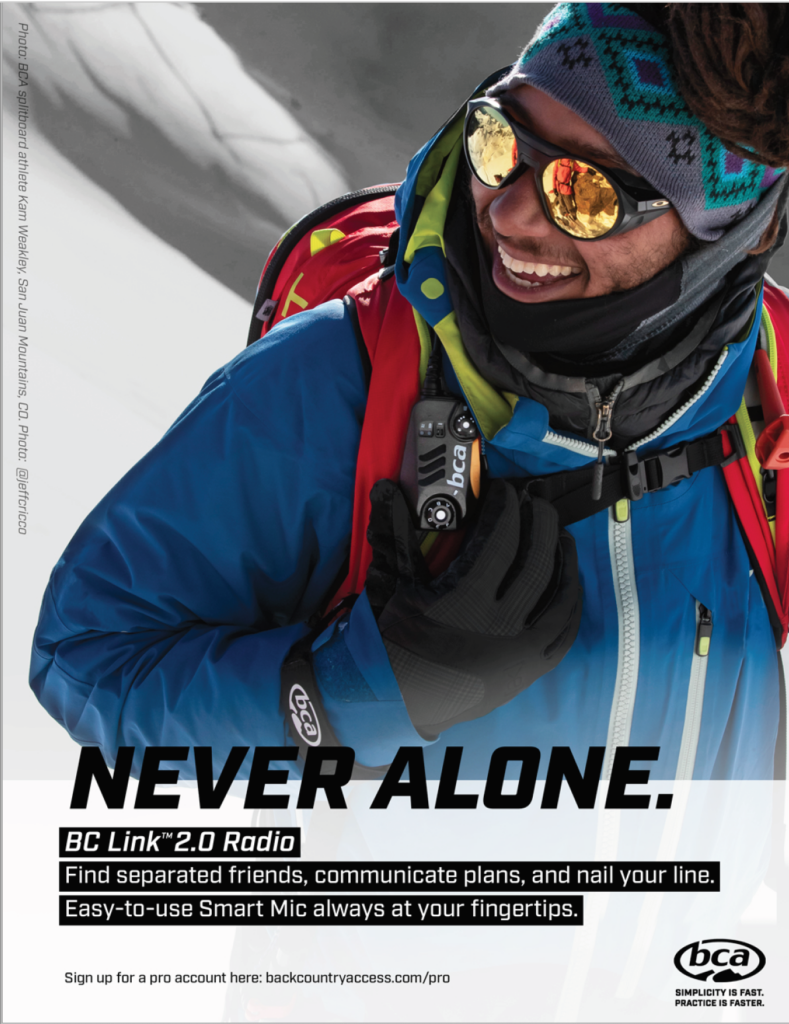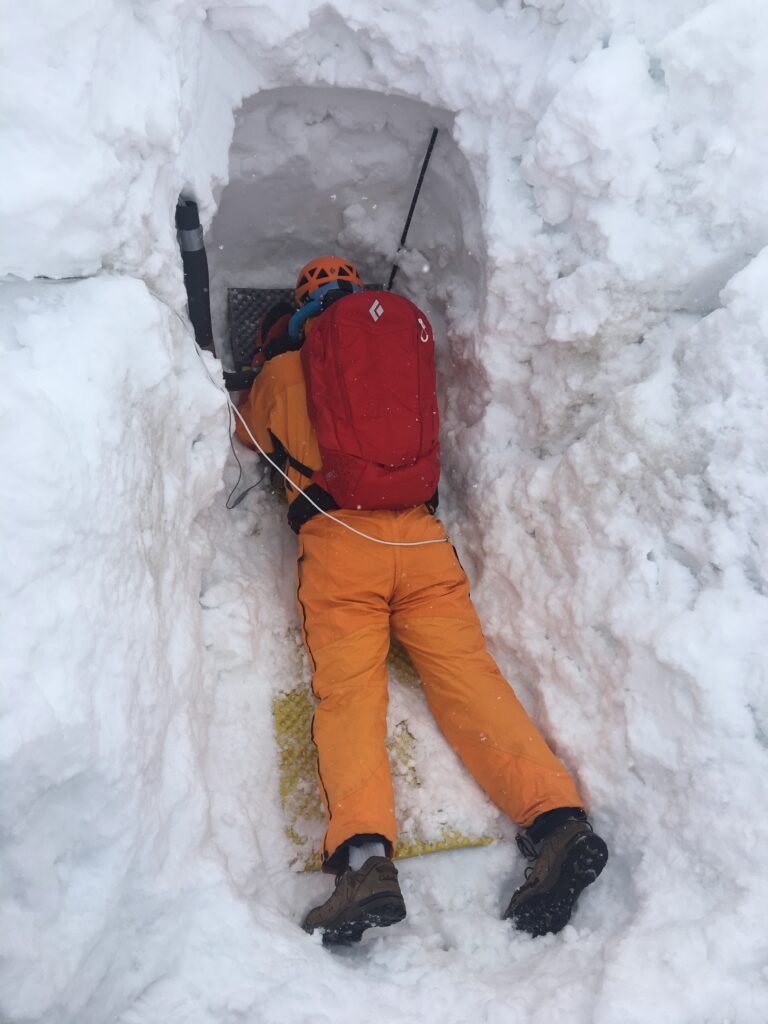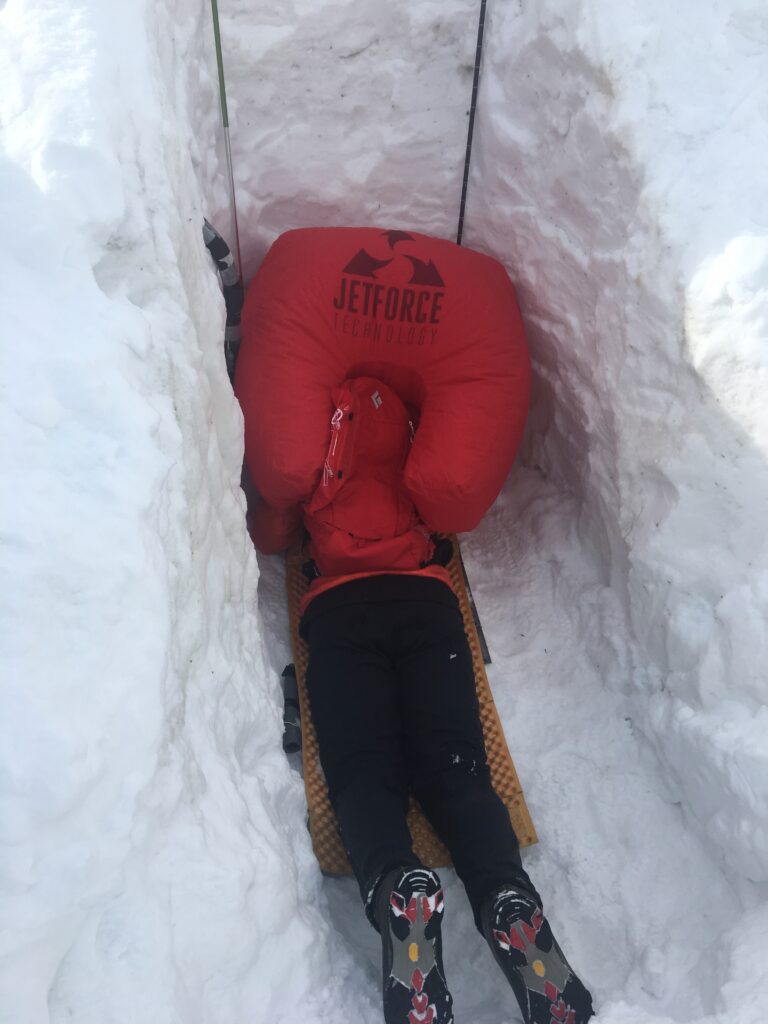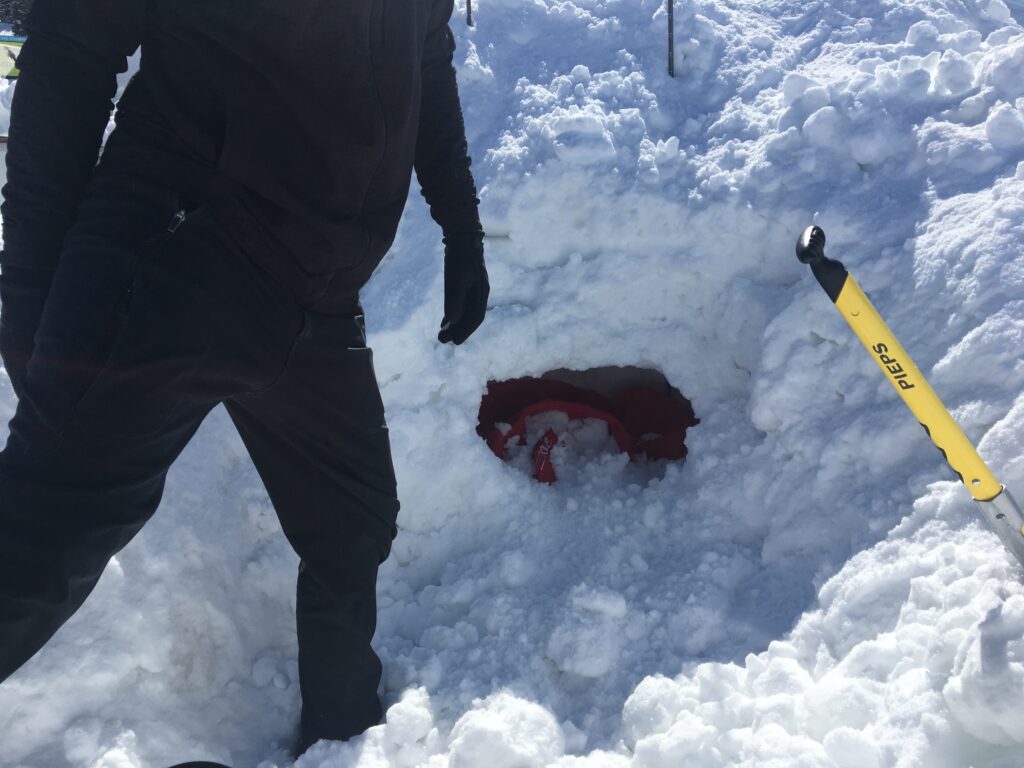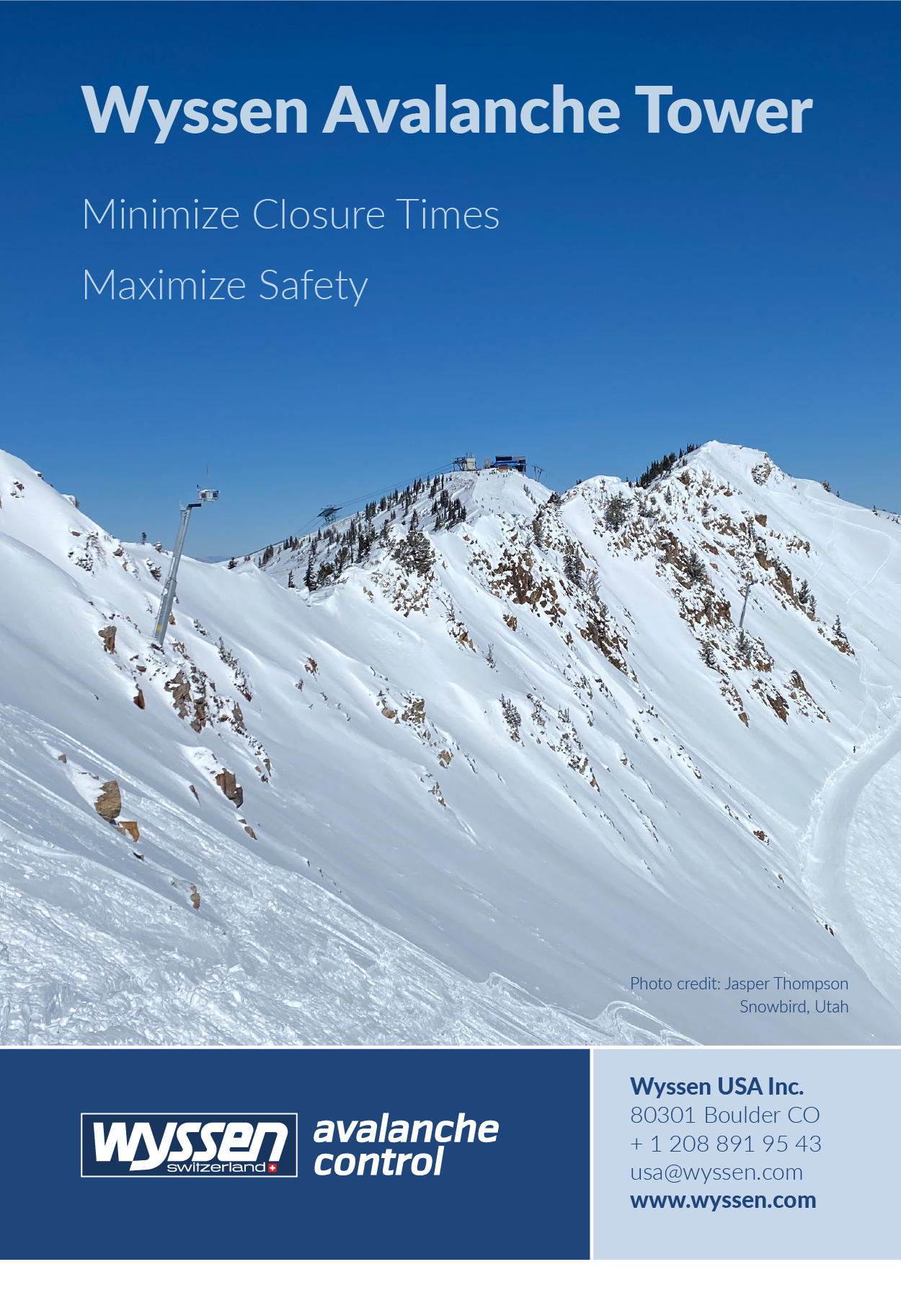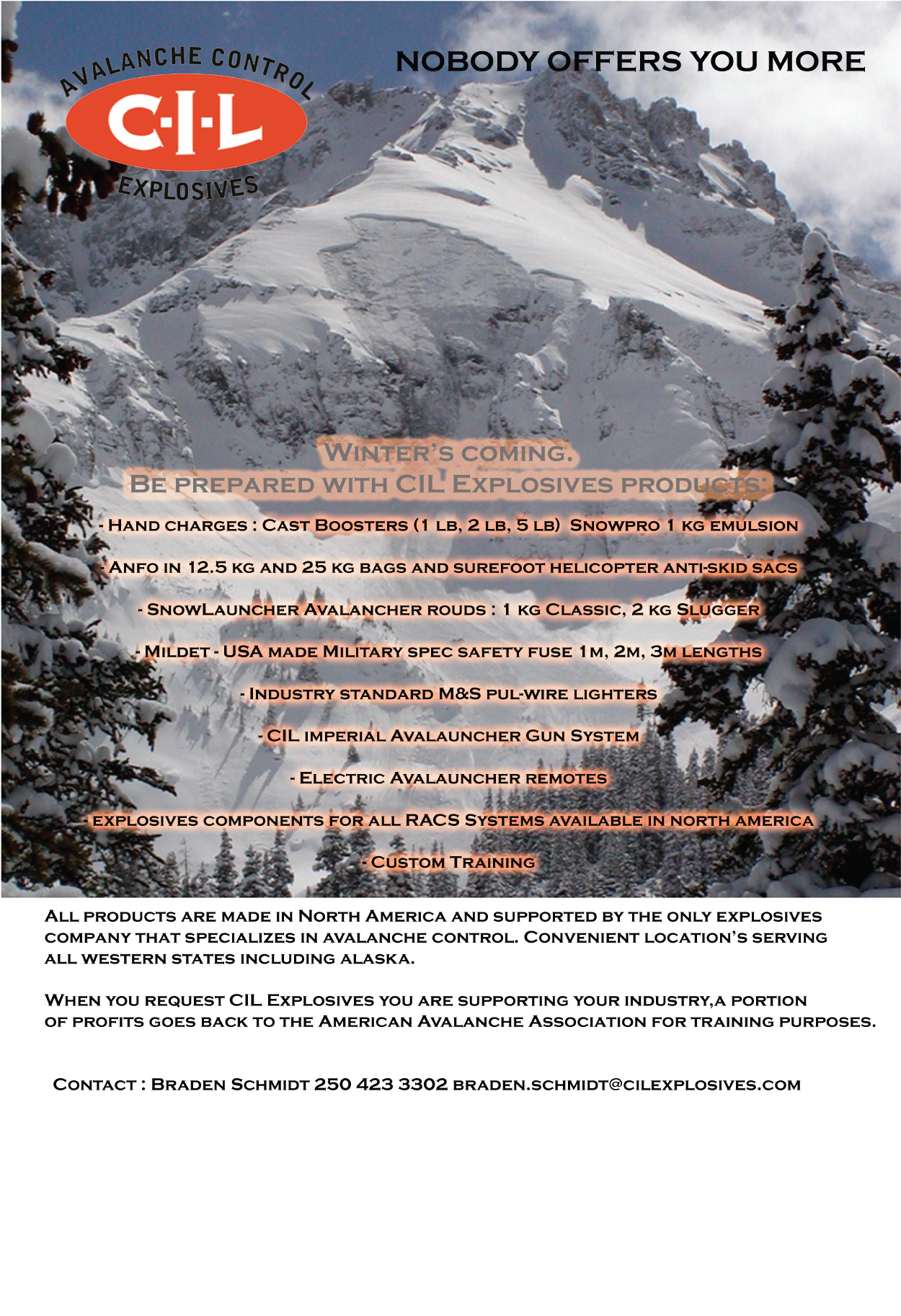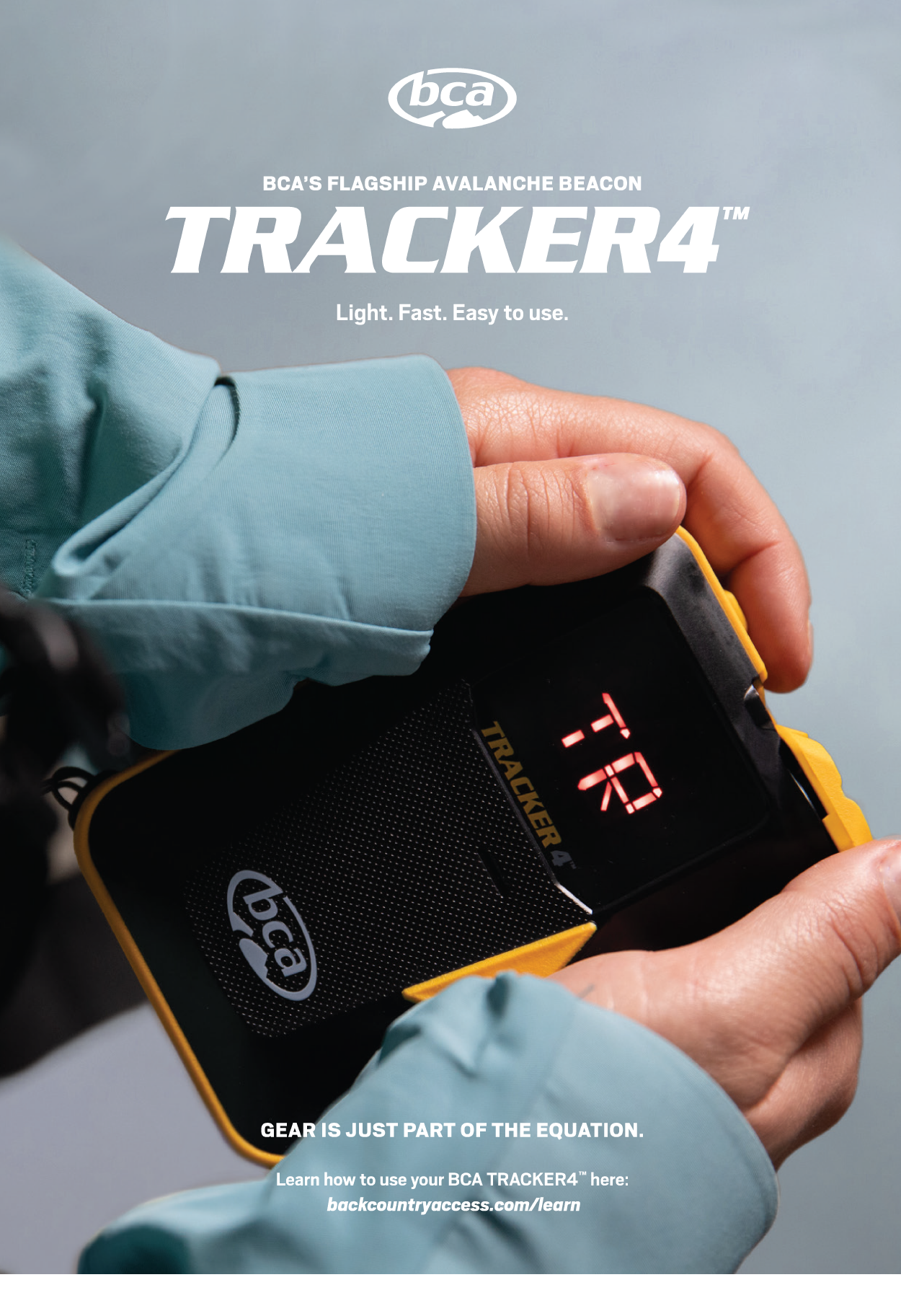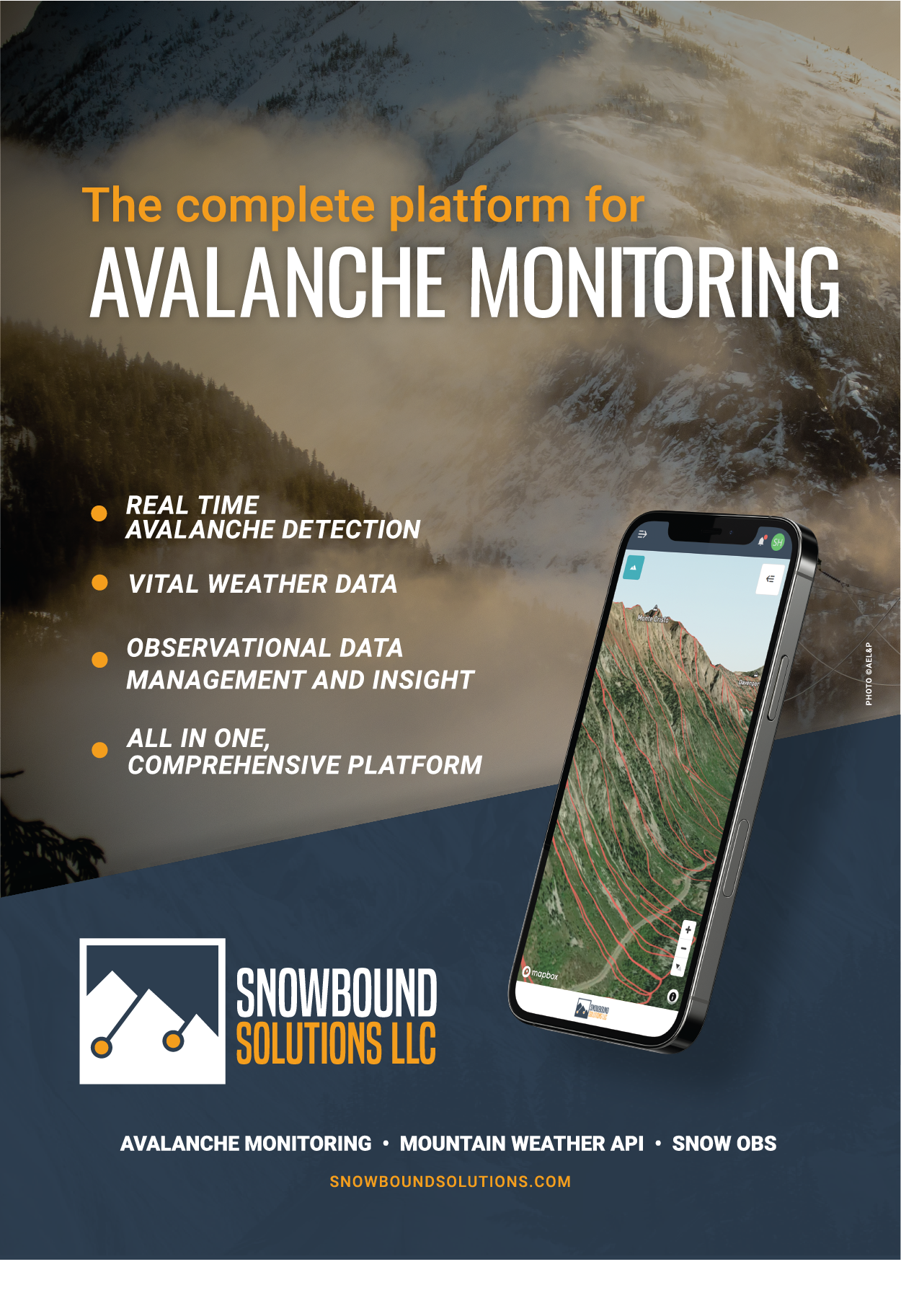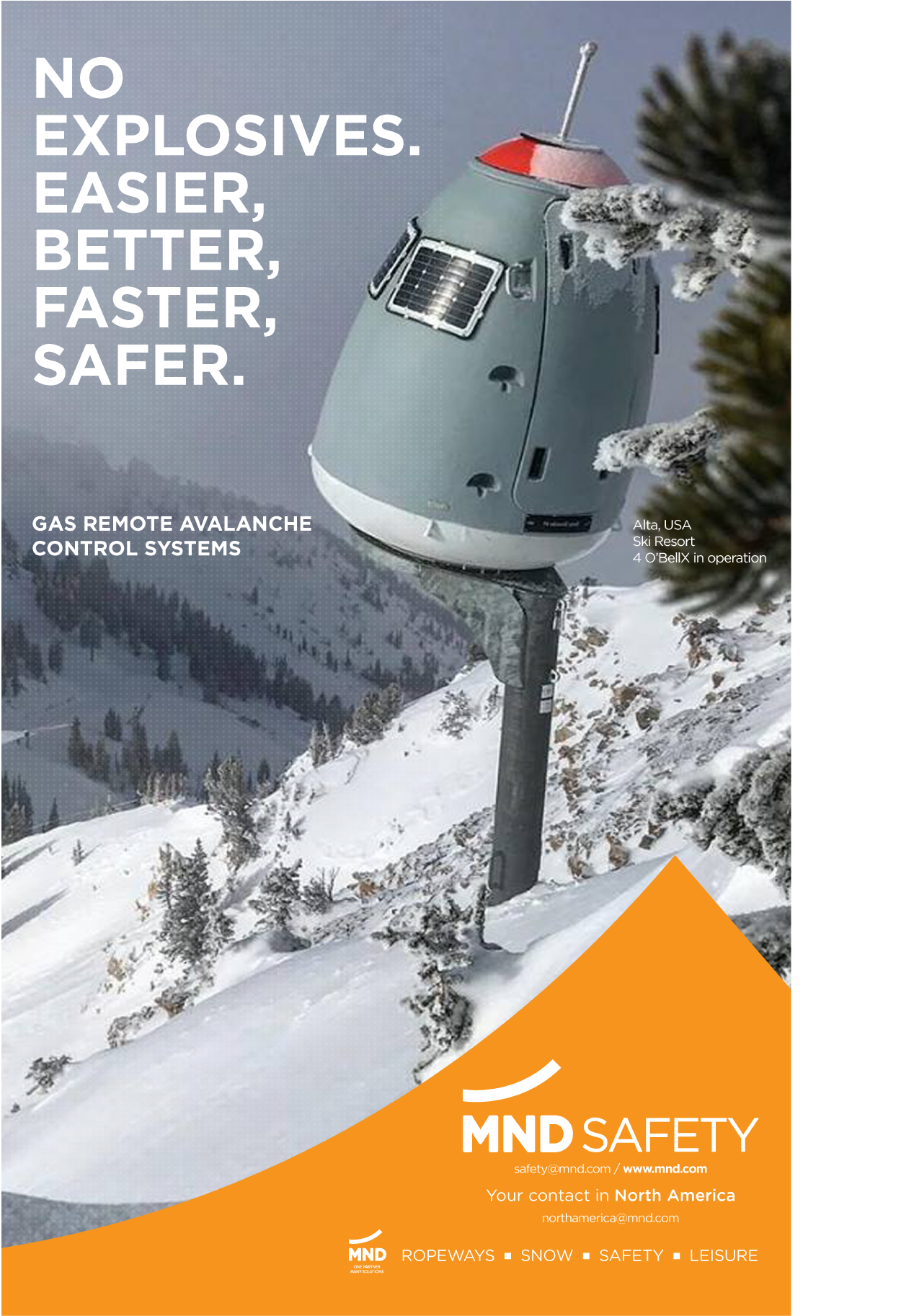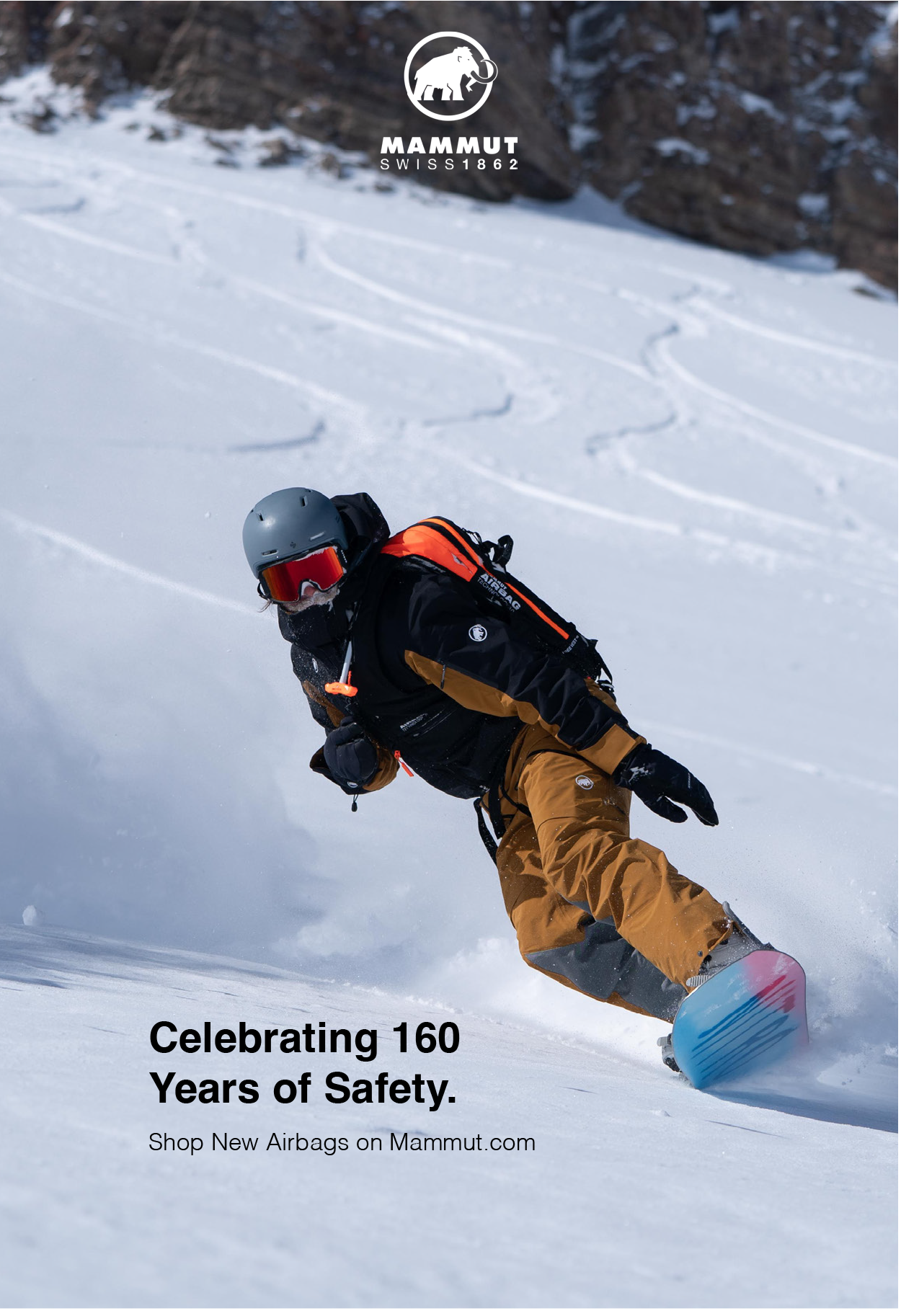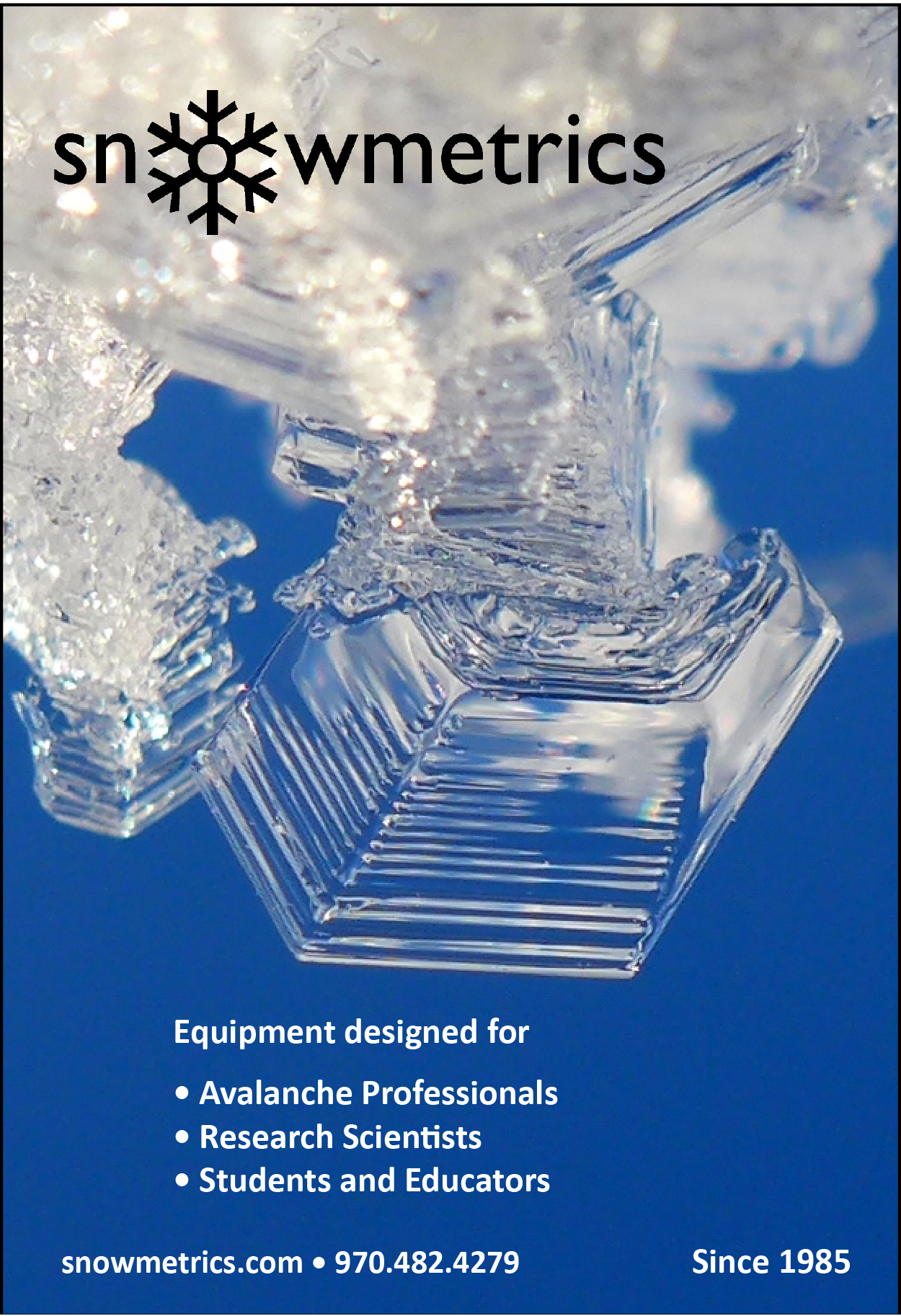Avalanche Airbags and the Ability to Create an Air Pocket and Delay Asphyxiation
By Scott McIntosh, Natalya Polukoff, Colin Little, Thomas Seibert, and Colin Grissom
Avalanche airbags are designed to propel a skier or rider to the snow surface using the physical property of granular convection, also known as inverse segregation. In a mixture of varying sized particles, granular convection lifts larger particles towards the top of the mixture while smaller particles fall towards the bottom. The primary goal of an avalanche airbag is to prevent a critical burial, defined as head and oral cavity under the snow. Mortality is over 10 times higher in critical burials than non-critical burials. [Brugger 2001]
Airbags do not always accomplish the intended goal of keeping the victim at the surface, however. Approximately 20% of avalanche victims who successfully deploy their avalanche airbags become critically buried. [Haegeli 2014] This may occur due to a large avalanche, terrain trap, or other unfavorable burial circumstances. One avalanche airbag produced by Black Diamond Equipment, Ltd, Salt Lake City, Utah, actively deflates three minutes after deployment; the fan reverses and removes the air that has inflated the airbag. The goal of this deflation is to create an air pocket under the snow. Our study examined the potential of active deflation to form an air pocket and measured minute-to-minute physiology under these circumstances. An air pocket could act as a secondary safety measure in the event that a backcountry user becomes critically buried. We hypothesized that the air pocket created by active deflation would provide sufficient conditions to maintain normal physiology for a 60-minute study period.
The experimental design modeled a critical avalanche burial. Twelve healthy, paid volunteers were the subjects of the study. Most avalanche victims end up in the prone position with their head downhill, so this research positioned participants in a snow trough in the prone position. Once positioned, the participant deployed the avalanche airbag. The participant was buried within 60 seconds of inflation in approximately 130 cm of snow. Participant vital signs were continuously monitored: oxygen saturation, end-tidal carbon dioxide (EtCO2), heart rate, and respiratory rate. EtCO2 is the amount of exhaled carbon dioxide. Rising EtCO2 levels and lowering oxygen levels lead to asphyxiation during avalanche burial.
Following extrication, participants completed a survey with the following questions: (1) How many inches do you estimate you were able to tilt your head forward after the airbag deflated? (2) How many inches do you estimate you were able to tilt your head back after the airbag deflated? (3) After the airbag inflated, I could pull my face away from the snow in front of my face. These questions were asked on a scale of “Strongly agree” to “Strongly disagree” and helped determine whether someone could access the air pocket created by the deflated airbag.
Overall physiology measurements did not change significantly over the burial period, except EtCO2. Even so, EtCO2 measurements remained within the normal physiological range (35–45 mmHg), for all participants except one participant (which measured 50 mmHg on extrication). This participant needed to be extricated at 48 minutes due to increasing EtCO2, increasing heart rate, and anxiety. All other participants remained buried for the full 60-minute study period.
Participants estimated they were able to move their head forward on average 11.2 cm forward and backward 6.7 cm. Participants reported the following when asked about their ability to move their face away from snow: Strongly agree=5, Agree=6, Disagree=1.
These results support the hypothesis that the air pocket created by active deflation created adequate conditions to maintain normal physiology for a 60-minute snow burial period. The data show that if an individual using an avalanche airbag is critically buried, the active deflation mechanism can create an air pocket beneath the snow that substantially increases the time before succumbing to asphyxia. Of course, these were experimental and ideal conditions. Participants had a mouthpiece and experimental tubing in place so that we could measure gases and EtCO2 concentrations. If a real victim’s airway were packed with snow during the avalanche, the air pocket would be useless. Trauma could kill an avalanche victim at the outset.
Certainly, sound decision-making is the most reliable method to mitigate risk in avalanche terrain. Individuals traveling in avalanche terrain should educate themselves in terrain choice and be highly efficient in rescue procedure. In the very real circumstance that an avalanche victim is critically buried with a free airway, however, the deflation mechanism could delay asphyxiation and create circumstances that might give a partner or search and rescue team adequate time to unbury the victim alive. Our study suggests avalanche airbag active deflation can serve as an additional layer of safety for individuals traveling in avalanche terrain.
About the Authors
Scott McIntosh, MD, MPH is an emergency and flight physician at the University of Utah and an avid backcountry skier and mountaineer.
Natalya Polukoff, BS is a first year medical student at the University of Utah and enjoys skiing, mountain biking, and campfires.
Colin Little, MD is an Emergency Medicine physician specializing in wilderness medicine and search and rescue, completed a Wilderness Medicine Fellowship at the University of Utah, and currently works for OHSU in Portland, OR.
Thomas Seibert, MD, MS is a Colorado native, backcountry skier and Wilderness Medicine physician with goals of ski patrol medical directorship.
Colin Grissom, MD is the Senior Medical Director for Critical Care, Intermountain Healthcare, Utah.


